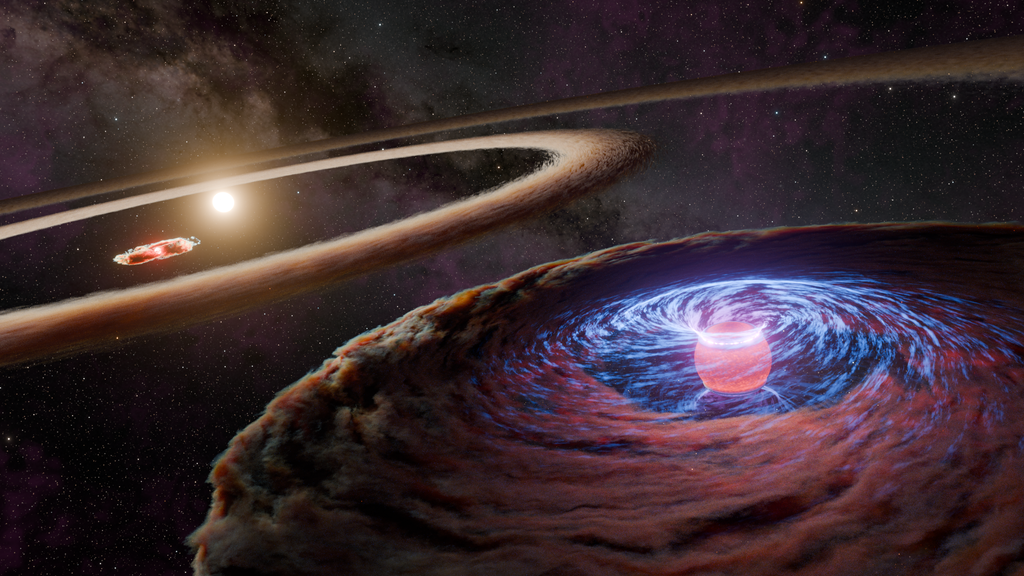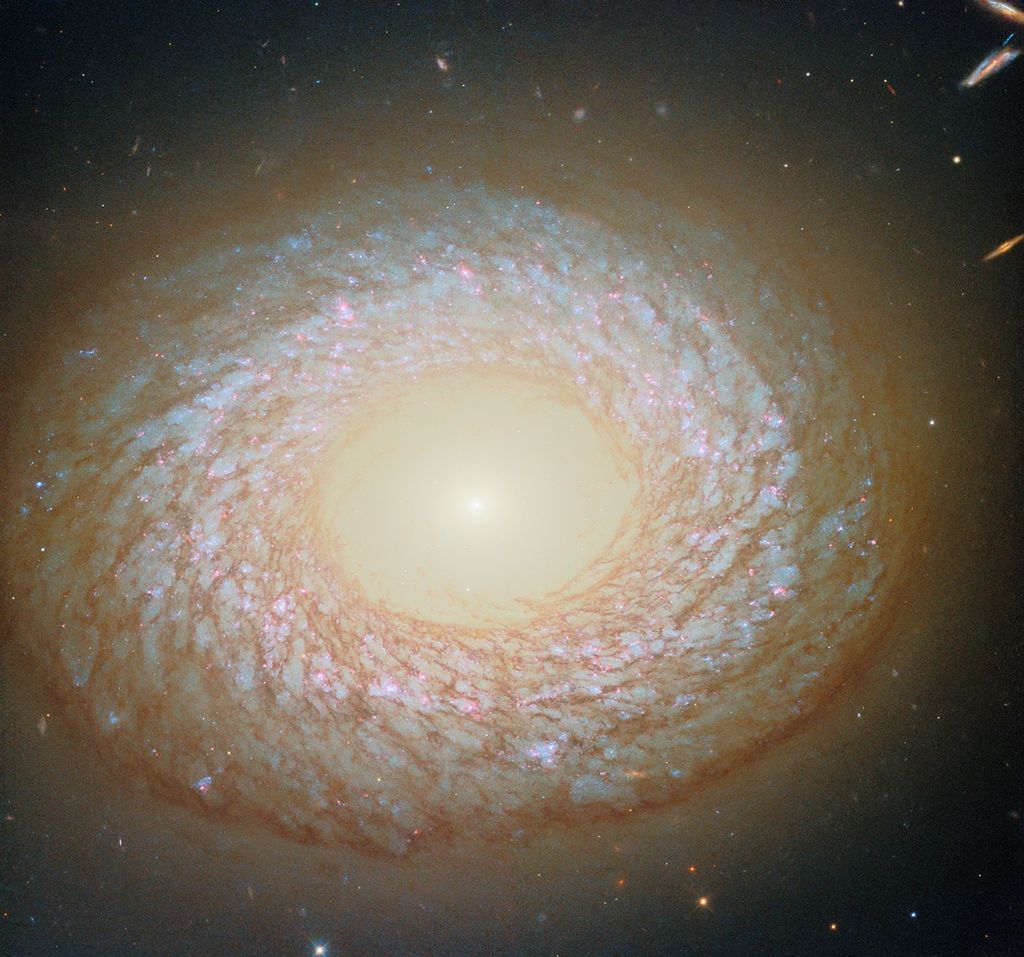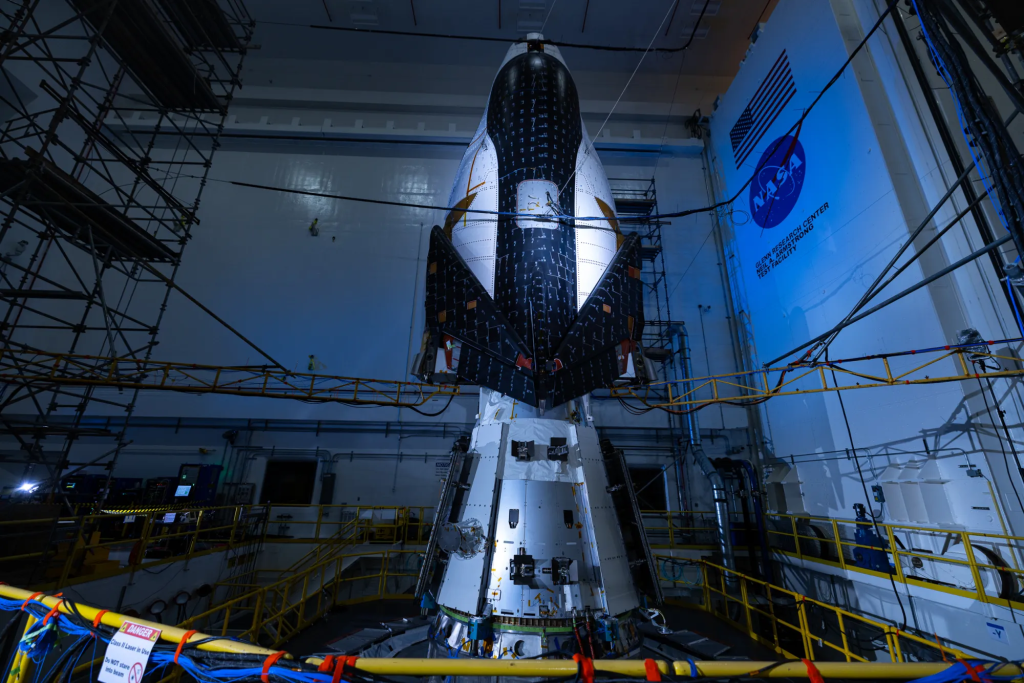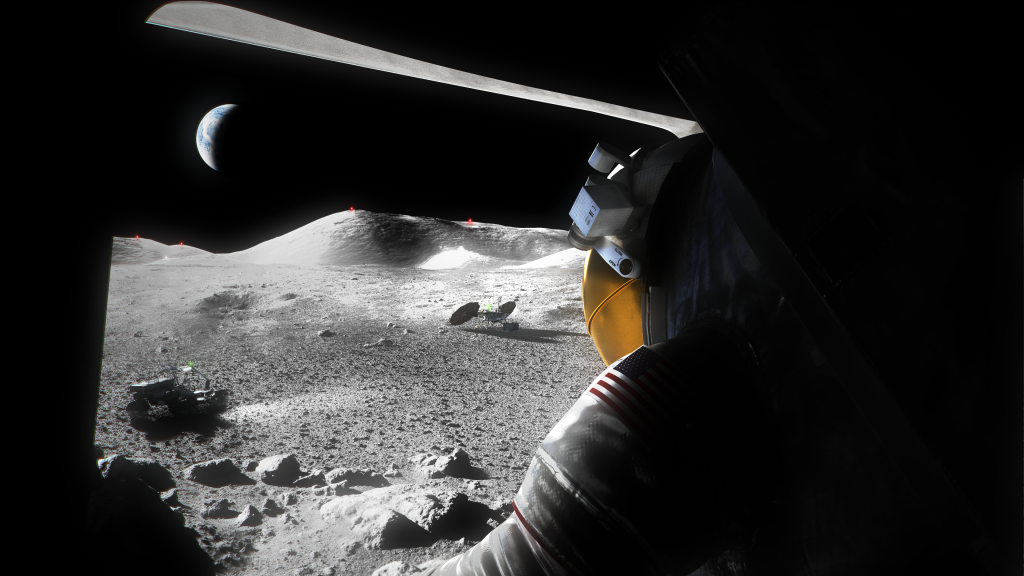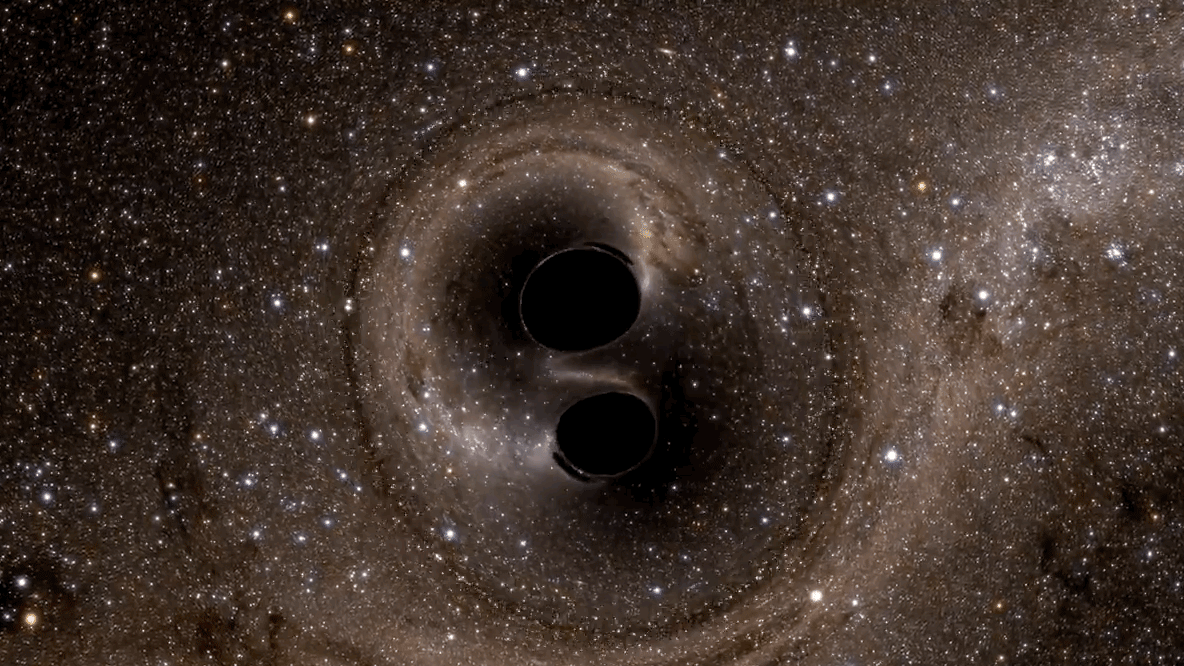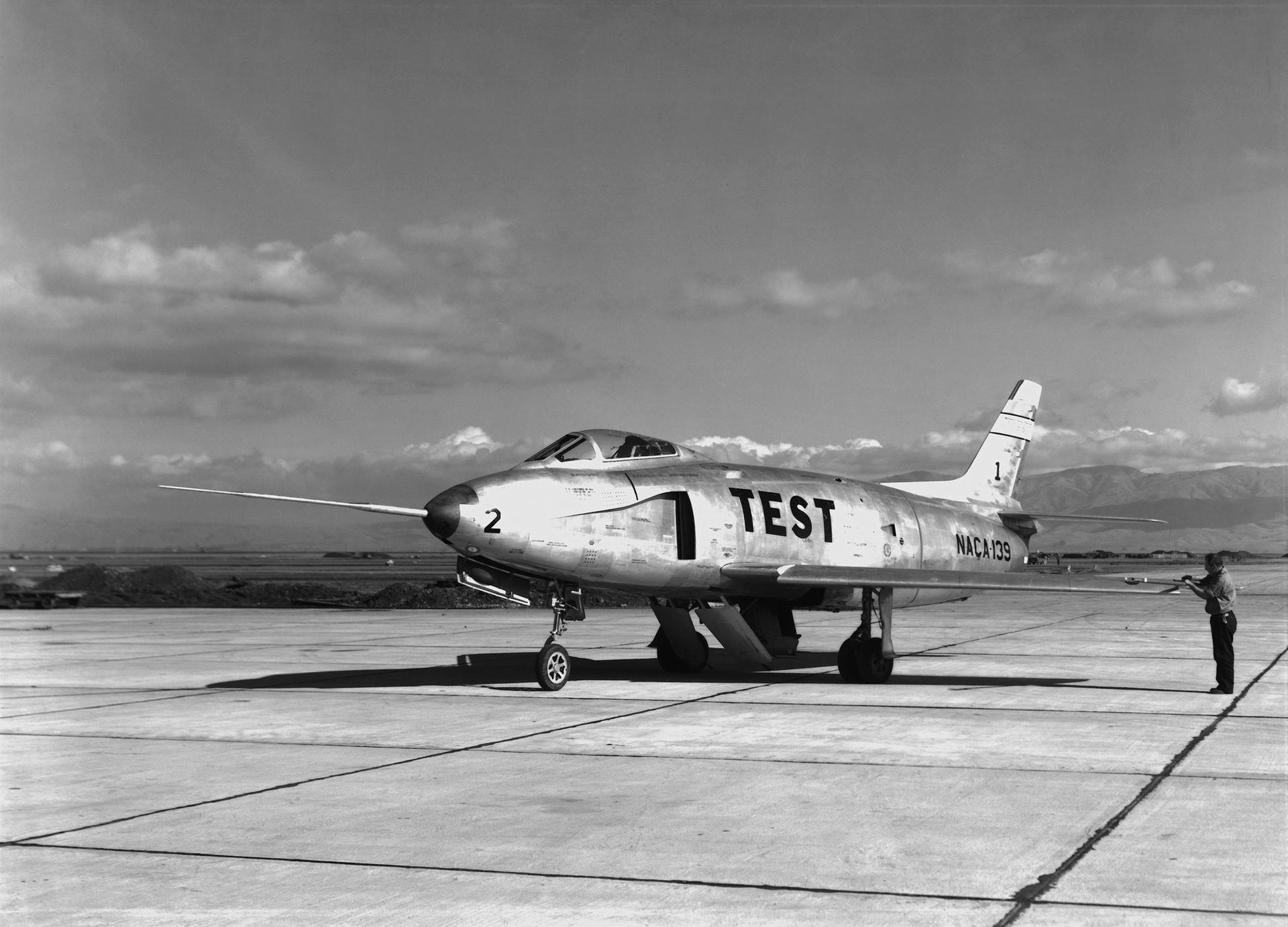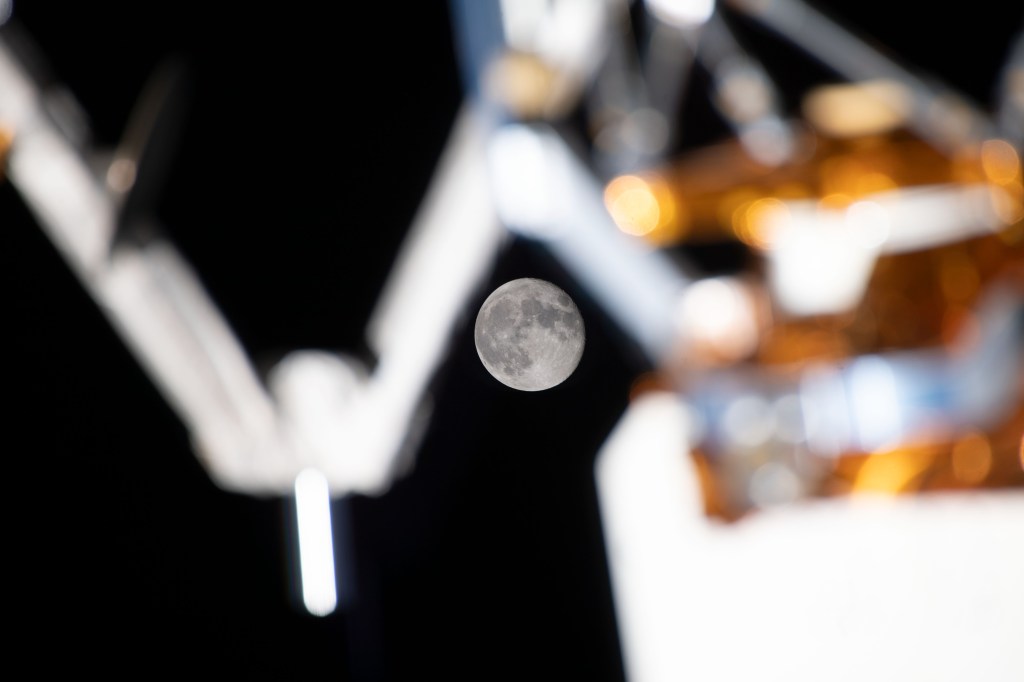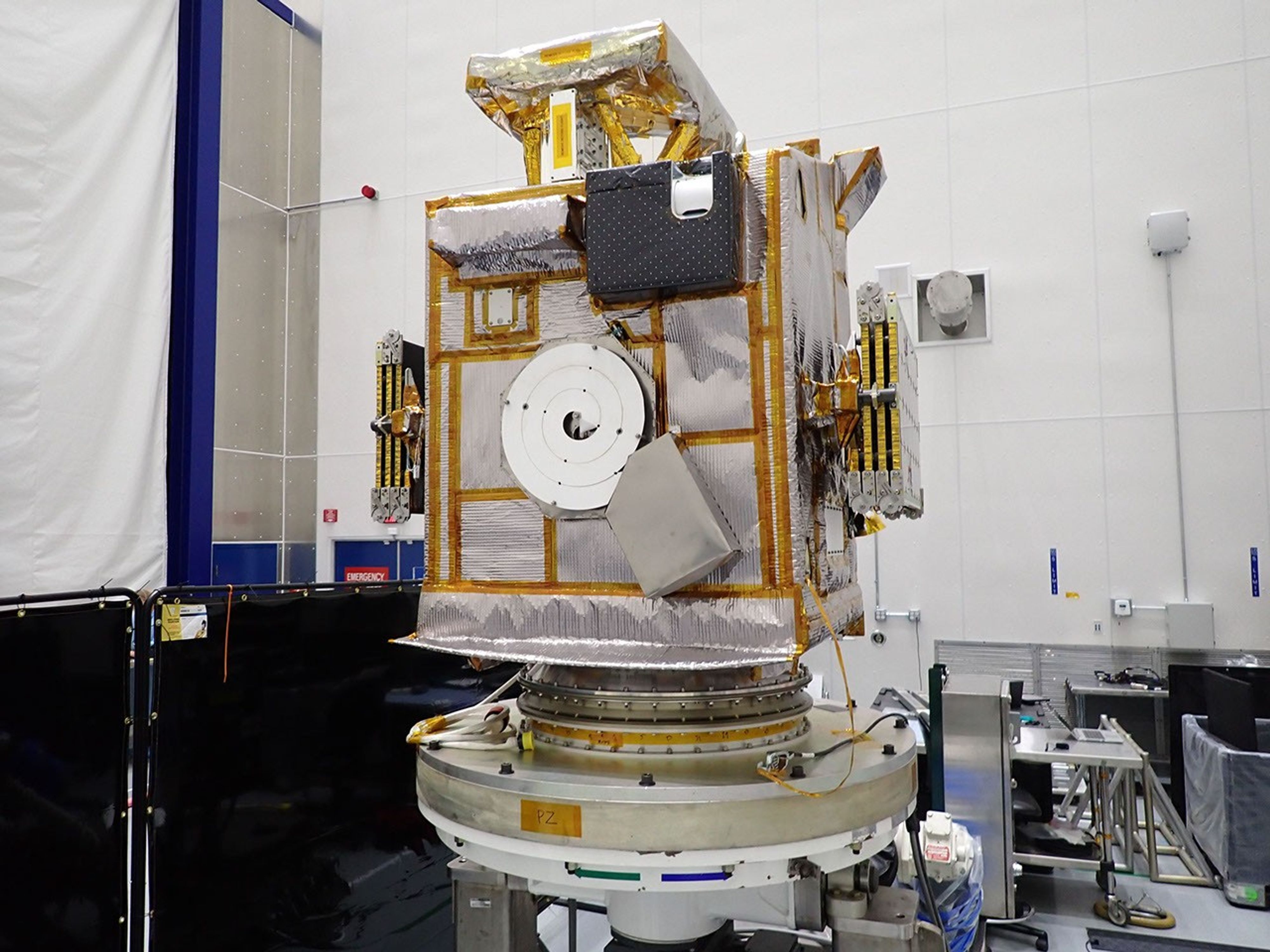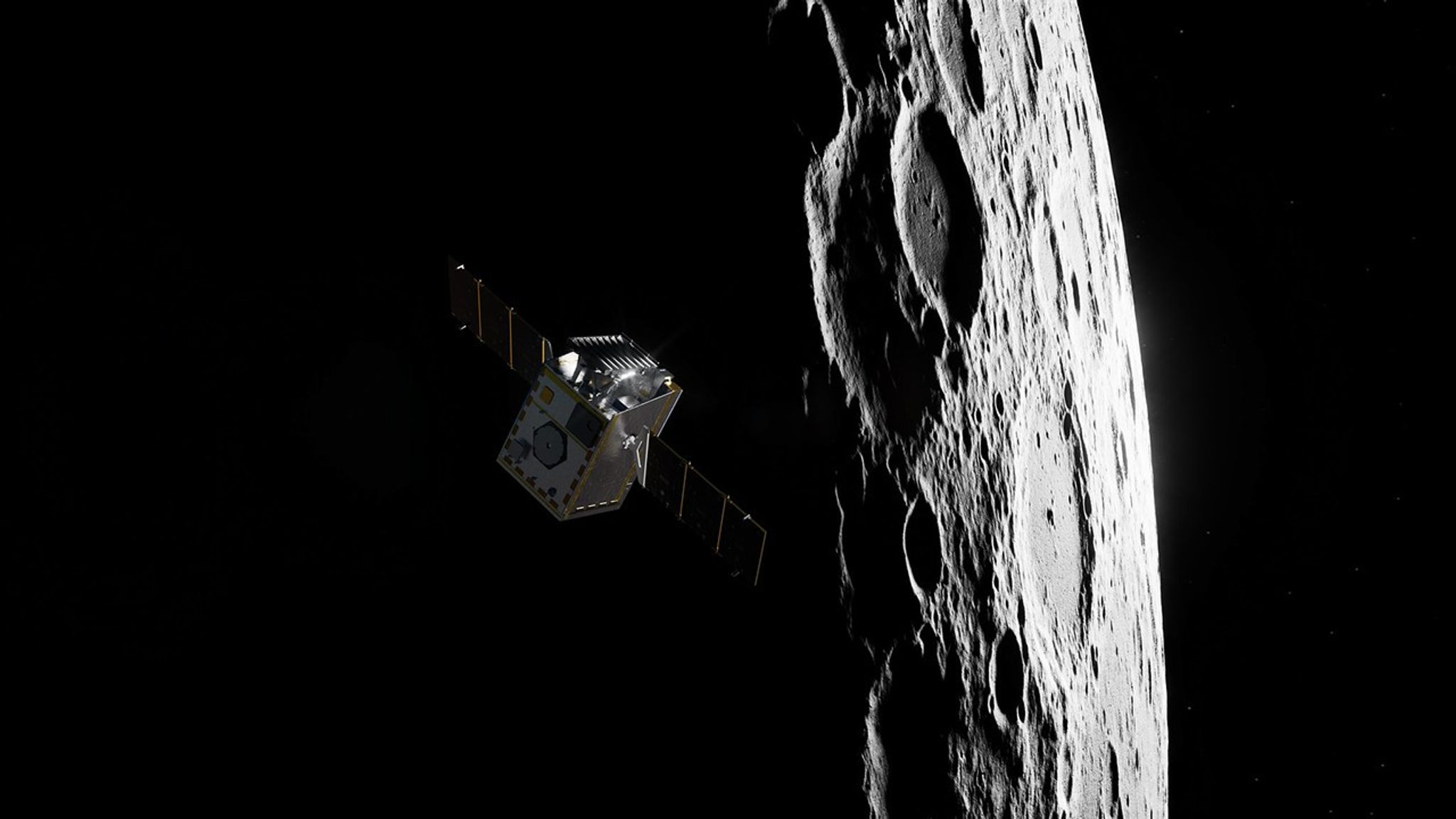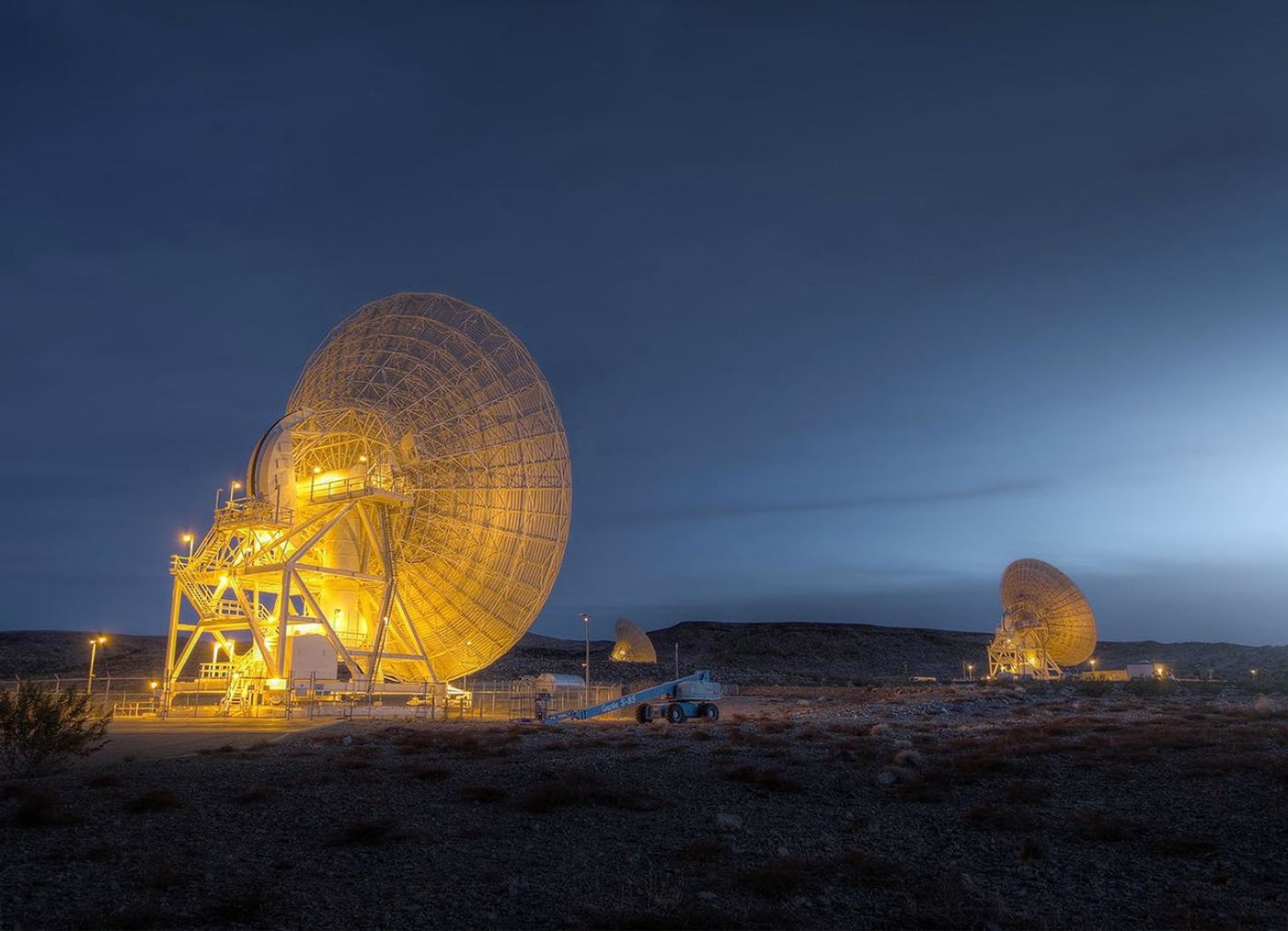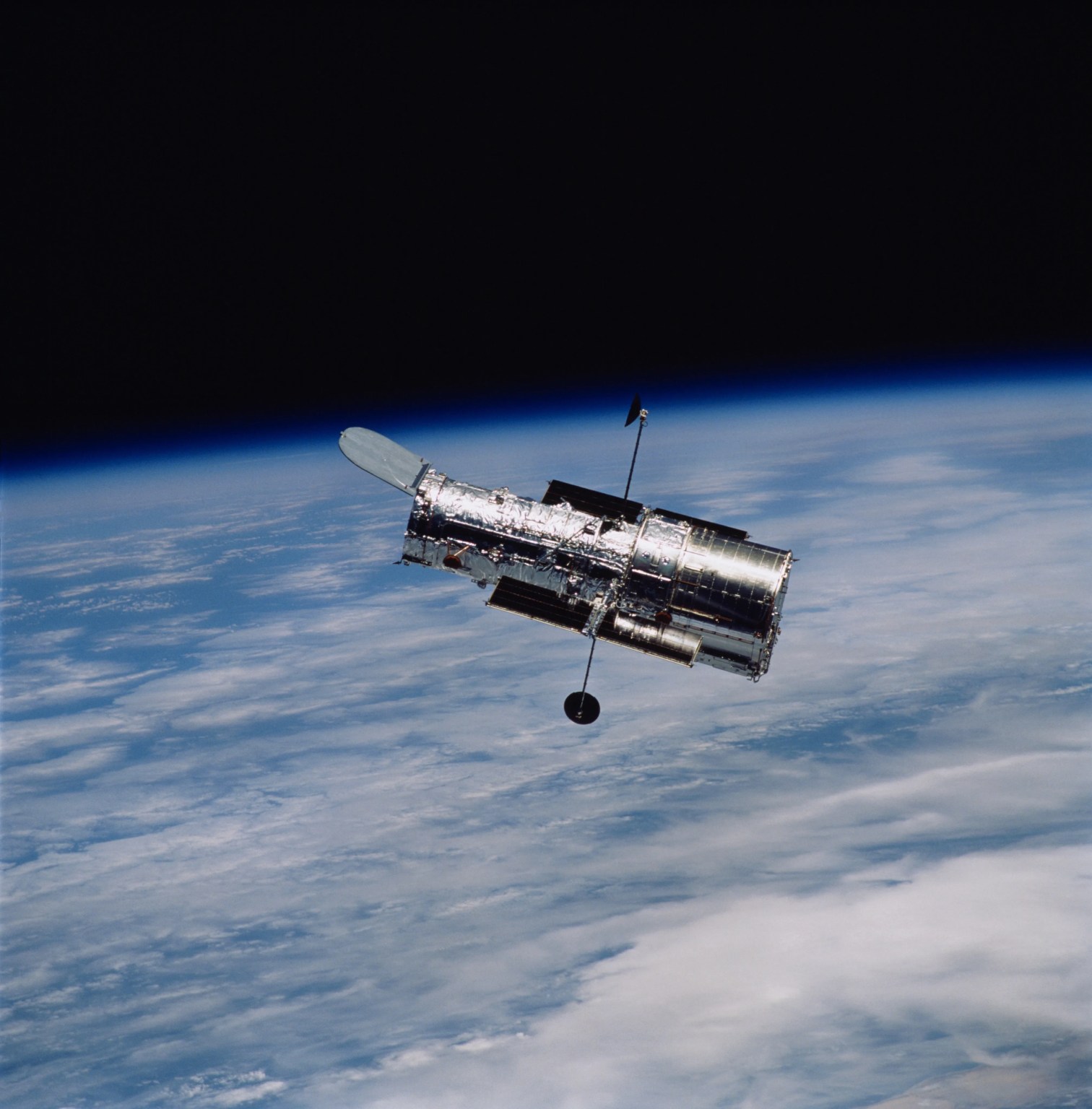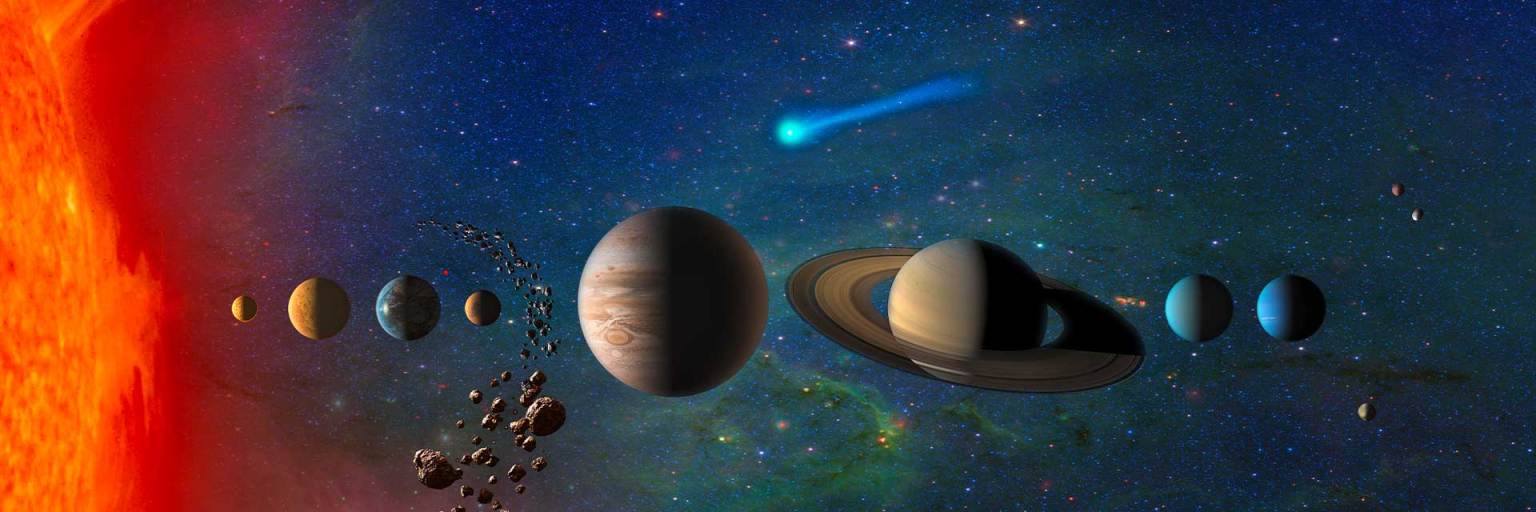Lunar Trailblazer
About the Spacecraft
Spacecraft
Lunar Trailblazer is a box-shaped spacecraft with two solar arrays. With the solar arrays deployed, the length of the spacecraft is about 11.5 feet (3.5 meters). The total mass of the spacecraft is approximately 440 pounds (200 kilograms). Lunar Trailblazer spacecraft was built by Lockheed Martin.
To accomplish its science goals, Lunar Trailblazer will collect data using two science instruments:
- High Resolution Volatiles and Minerals Moon Mapper (HVM3), provided by NASA's Jet Propulsion Laboratory (JPL) and funded by NASA, is optimized to collect information about lunar water by measuring visible and infrared light that is reflected off of the lunar surface from the Sun.
- Lunar Thermal Mapper (LTM), provided by the University of Oxford and funded by the UK Space Agency, will provide simultaneous information about the thermophysical properties of the lunar surface.
Getting to the Moon
Lunar Trailblazer is a “rideshare mission,” taking advantage of the extra mass capacity aboard the larger Intuitive Machines’ IM-2 lunar lander mission’s SpaceX Falcon 9 rocket.
Even though Lunar Trailblazer’s fuel tank makes up around two-thirds of its volume, Lunar Trailblazer does not have enough propellant to directly insert into orbit about the Moon after a few-day transfer like the Apollo spacecraft. Instead, Lunar Trailblazer uses a low-energy transfer trajectory to get to the Moon. This approach follows a path made possible by the gravity of the Earth, the Moon, and the Sun.
Lunar Trailblazer will fire its hydrazine chemical propulsion system for short periods of time at gravitationally favorable points to maximize fuel efficiency.
Cruise
To minimize its propellant consumption, Lunar Trailblazer uses different routes to the Moon across its launch period. Depending on which day Lunar Trailblazer launches, it can take between four and seven months before insertion into orbit about the Moon.
Lunar Orbit
Once Lunar Trailblazer completes its cruise period to the Moon, it will spend a month and a half lowering its orbit to a polar science orbit at about 60 miles (100 km) altitude. This near-circular orbit will enable Lunar Trailblazer to collect high-resolution spectral data for targets across the surface and at both poles. Lunar Trailblazer will revisit a target every month and with the same viewing and lighting geometry every 6 months.
The combined cruise and science mapping phases will last 24 months.
Communications
To communicate with the spacecraft, the Lunar Trailblazer operations team will use the NASA Deep Space Network (DSN). Mission operations is located at Caltech/IPAC, while Mission Design and Navigation is conducted at JPL and engineering support from Lockheed Martin. Caltech staff and Caltech and Pasadena City College undergraduate students command the spacecraft.

